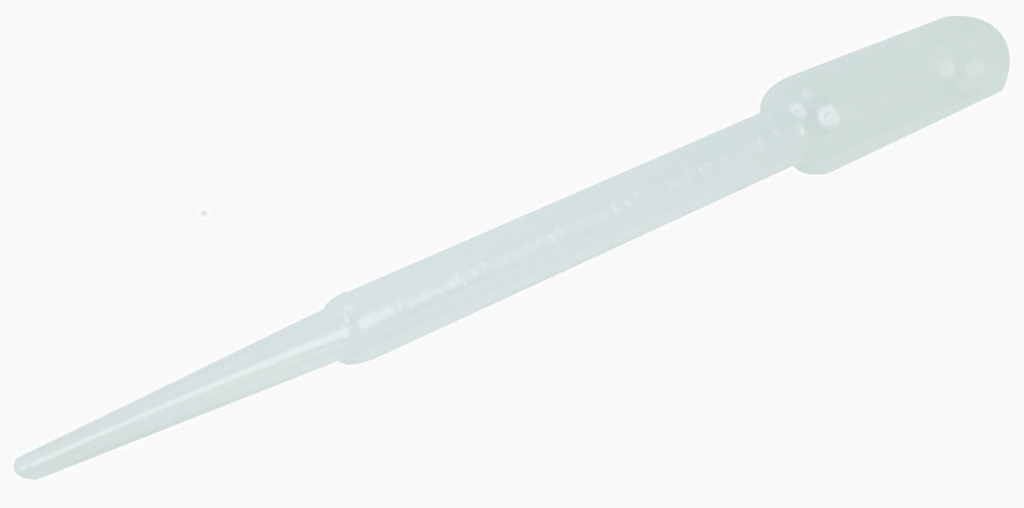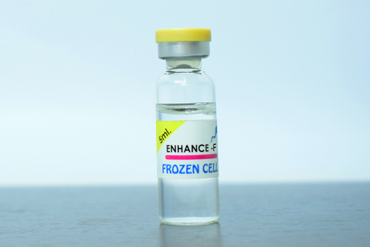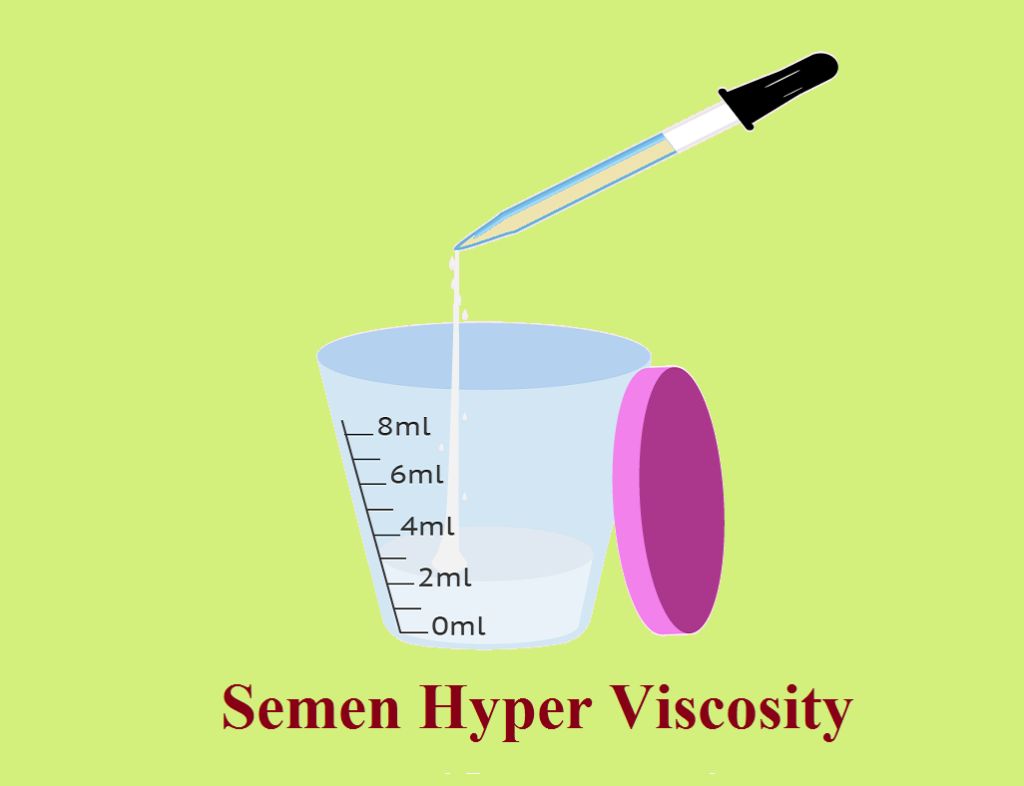After a long work we saw that L-Cystine in Semen hyper-viscosity management is significant enough. Especially L-Cystine in semen hyper viscosity management is valuable when you need to preserve the sperm from hyper-viscous semen.
Semen coagulation
Immediately after ejaculation semen coagulates. It is a normal phenomenon. The reason behind instant coagulation is not very clear. The probable reason behind coagulation are —-
- Protection of sperm in a foreign environment.
- Allowing the time to adjust the pH of vagina for survival of sperm.
- Permitting female reproductive system some time to not reject sperm as foreign body.
- Permitting a rest period to sperm before working aggressively in other person body.
- Another concept getting ground – sperm competitiveness in case of polyandrous.
Semenogelins are the major proteins found in semen and are involved in creating a scaffold which traps spermatozoa to make coagulam.
Semen Liquefaction
In most of the case semen liquefy within a period of 10 to 30 minute. The enzymes responsible for liquefaction are proteolytic enzymes secreted by the seminal vesicles. Liquefaction of semen is important for —
- Motility of sperm .
- Nutrition to the sperm.
- Allowing sperm to cross the mucous plug of cervix.
- May help to gain the power of capacitation .
Semen Hyper-Viscosity (SHV)
Semen with high consistency can not be processed in regular manner for Intra uterine insemination.
In vivo, if semen liquefaction is delayed, the sperm are not discharged in expected number to fertilize the egg. In case of delay liquefaction of semen, some seminal peptides can affect the sperm adversely. And sperm can be immobile, sluggish and even sperm can be incapable to fertilize egg.
In general semen hyper-viscosity is found in 10 to 22 % of individuals. In case of male infertility rate of hyper-viscosity is as high as 26%. It has been noticed that Semen hyper-viscosity influence unfavorably the result of IUI and controlled ovarian hyper-stimulation. But it does not influence ICSI.
How to detect Hyper Viscous Semen (HVS)
Semen which do not liquefy following an hour are hyper viscous semen. And the phenomena is called Semen Hyper Viscosity (SHV). Semen hyper viscosity is tested by drawing the semen in a pasture pipette and allowing to drop out. Typically, the semen should come out in discrete drop. In case drops of semen are not coming out one by one, a thread of semen will shape. Seminal thread longer than 2 cm indicate semen hyper-viscosity and poor liquefaction of semen (viscosipathy).

Another straightforward strategy is to mix the semen with a glass or plastic rod (stirrer) following an hour of discharge. Take out the glass or plastic rod slowly. If there is thread of more than 2 cm even after 60 minute of ejaculation, semen is hyper-viscous.
Semen Hyper-Viscosity Management
Numerous technique have been utilized to process Semen Hyper-Viscosity (SVH) with suspicious success –
- Diluting the semen and passing through hypodermic needle.
- Enzymatic digestion by Bromelain or Chymotryipsin or Hylase
- Diluting the semen with IUI medium and incubation for 30 minutes
- Mucolytic agents – Amylase, Dithiothreitol, Dornase
- Others – Antibiotics, anti-inflammatory, steroids etc.
All above said technique has been utilized with controversies and variable achievement. Mechanical technique, such as passing the semen through needle, can seriously harm the sperm especially its tail. Enzymes and mucolytic agents should be removed as quickly as time permits. Else it can influence the cell wall and other capacity of sperm.
L-Cystine & Semen Hyper-Viscosity (SVH)
We obtained the L-cystine from SRL Laboratory. L-cystine is an oxidized dimer of cysteine. It’s a semi essential amino acid and more stable than cysteine. It can bounce back to cysteine upon necessity. We selected L-cystine because of its stable nature and its convertibility to active compound L-cysteine. Furthermore L-cystine is sparingly soluble in water.
Stock solution of L-cystine — A 5 milli Mole solution of L-Cystine was prepared with the help of TRIS buffer and NaCl. We adjusted the pH of solution at 7.4. Here it is worth to mention that all L-cystine could not be dissolved. Other solution was prepared by adding required amount of L-Cystine + TRIS solution (stock solution)
Solution – 1 Sperm washing media with 25 micro mol of L-cystine
Solution – 2 Sperm washing media with 50 micro mol of L-cystine
Solution – 3 Sperm washing media with 75 micro mol of L-cystine
Solution – 4 Sperm washing media with 100 micro mol of L-cystine
We selected total 8 semen sample with high viscosity (SHV). 0.5 ml of L-cystine solution was added — mixed — kept in incubator for 30 minutes. Out of 8 sample hyper-viscosity reduced. Semen was processed further with density gradient (Den – 1) and a good recovery was noted. In one sample viscosity could not be reduced, hence not processed.
Next time the experiment was repeated in different way with 6 hyper-viscous semen sample. With each hyper-viscous semen sample 2 ml of sperm washing medium (Enhance) and 0.5 ml of L-cystine stock solution was added — mixed — kept in incubator for 30 minutes. Viscosity converted to almost normal. Further the samples was processed in almost normal way.

In the next step the experiment was continued with Sperm washing media (Enhance) and different concentration of L-cystine.
On first experimental day, we selected 8 hyper viscous sample. Which was not liquefying within 60 minutes of ejaculation. The sample was divided in two parts (A & B) in almost equal quantity. Part A was kept as control and mixed only with sperm washing media (Enhance). Part B was mixed with Solution – 1 . Sample + solution mixed gently with pasture pipette. We placed all sample in incubator at 32 degree C for 30 minutes.
We used different solution on different day. We tried to have same semen sample of same person. But all the time it was not possible. Therefore we opted for another person semen , whenever possible. Somewhere we failed to obtain of collect semen, hence indicated by — xx.
Solution – 1 Sperm washing media with 25 micro mole of L-cystine
| Sr. No. | Hyper viscous sample | Liquefaction status Part – A | Liquefaction status Part – B |
| 1 | Sample – 1 | Liquefied | Liquefied |
| 2 | Sample – 2 | Not liquefied | Liquefied |
| 3 | Sample – 3 | Not liquefied | Liquefied |
| 4 | Sample – 4 — xx | xx | xx |
| 5 | Sample – 5 | Not liquefied | Liquefied |
| 6 | Sample – 6 | Not liquefied | Liquefied |
| 7 | Sample – 7 | Not liquefied | Not liquefied |
| 8 | Sample – 8 | Not liquefied | Liquefied |
Solution – 2
Sperm washing media with 50 micro mole of L-cystine
| Sr. No. | Hyper viscous sample | Liquefaction status Part – A | Liquefaction status Part – B |
| 1 | Sample – 1 | Liquefied | Liquefied |
| 2 | Sample – 2 | Not liquefied | Liquefied |
| 3 | Sample – 3 | Not liquefied | Liquefied |
| 4 | Sample – 4 — xx | xx | xx |
| 5 | Sample – 5 | Not liquefied | Liquefied |
| 6 | Sample – 6 | Not liquefied | Liquefied |
| 7 | Sample – 7 | Not liquefied | Not liquefied |
| 8 | Sample – 8 | Not liquefied | Liquefied |
Solution – 3
Sperm washing media with 75 micro mole of L-cystine
| Sr. No. | Hyper viscous sample | Liquefaction status Part – A | Liquefaction status Part – B |
| 1 | Sample – 1 | Liquefied | Liquefied |
| 2 | Sample – 2 | Not liquefied | Liquefied |
| 3 | Sample – 3 | Not liquefied | Liquefied |
| 4 | Sample – 4 — xx | xx | xx |
| 5 | Sample – 5 | Not liquefied | Liquefied |
| 6 | Sample – 6 | Not liquefied | Liquefied |
| 7 | Sample – 7 | Not liquefied | Not liquefied |
| 8 | Sample – 8 | Not liquefied | Liquefied |
Solution –4
Sperm washing media with 100 micro mole of L-cystine
| Sr. No. | Hyper viscous sample | Liquefaction status Part – A | Liquefaction status Part – B |
| 1 | Sample – 1 | Liquefied | Liquefied |
| 2 | Sample – 2 | Not liquefied | Liquefied |
| 3 | Sample – 3 | Not liquefied | Liquefied |
| 4 | Sample – 4 — xx | xx | xx |
| 5 | Sample – 5 | Not liquefied | Liquefied |
| 6 | Sample – 6 | Not liquefied | Liquefied |
| 7 | Sample – 7 | Not liquefied | Not liquefied |
| 8 | Sample – 8 | Not liquefied | Liquefied |
Discussion — L-Cystine at and above the concentration of 50 micro mole is effective enough to liquefy the hyper viscous semen. It is our assumption that 50 micro mole is a low does and it won’t influence sperm in any capacity. Furthermore L-cystine is not having any property which can affect cell membrane of sperm. With this assumption just we attempted to cryo-preserve the sperm of liquefied semen. Surprisingly we noticed improved post thaw recovery. The reason behind it seems to be cryo-protective effect of L-Cystine. L-Cystine may also have some membrane stabilizing effect on human sperm.
Conclusion — Addition of very low dose of L-Cystine (50 micro mole) looks beneficial for semen liquefaction, particularly in case of semen hyper viscosity management. The dose of the L-cystine is so less, It seems that 50 micro mole of L-Cystine is safe for sperm with sperm washing medium.
Conflict of interest —- Till now we did not observed any conflict on the topic “Semen liquefaction and L-Cystine in Semen Hyper-viscosity management”.
Acknowledgements — Frozen Cell Team is in a nonstop procedure to find out an ideal media to process and preserve human sperm. We are in an undertaking to find a better strategy to process and preserve human sperm by various procedure.
Funding — Frozen Cell do not accept any fund from any outside source. 100% funded by Frozen Cell.
Limitations — We work with basic equipments. Therefore not able to give more advance data.
Ref –
- Shackled sperm by Vivienne Baillie Gerritsen
- Medical Electronic Systems Service and Support Updates
- J. Lukac and E. Koren, Laboratory for Experimental Medicine, Yugoslavia
- Elia and co-workers

